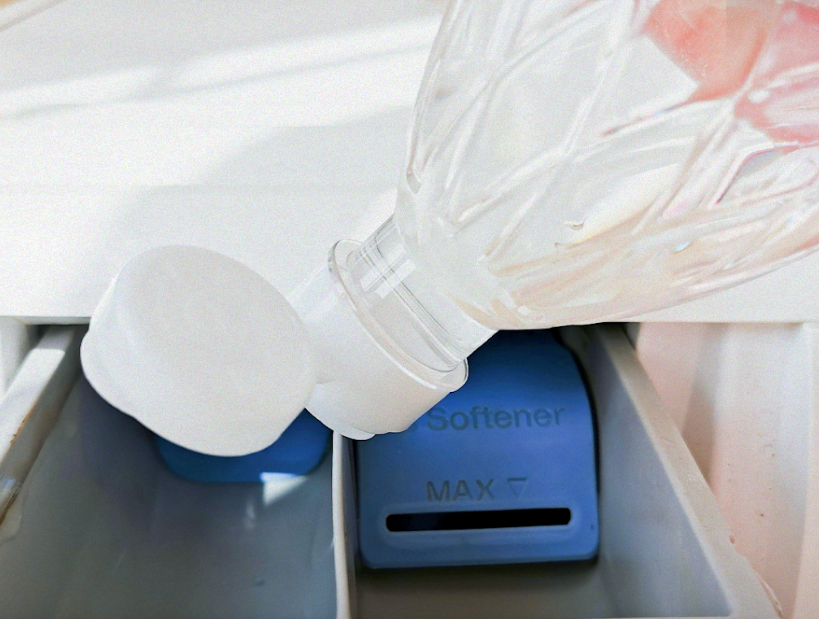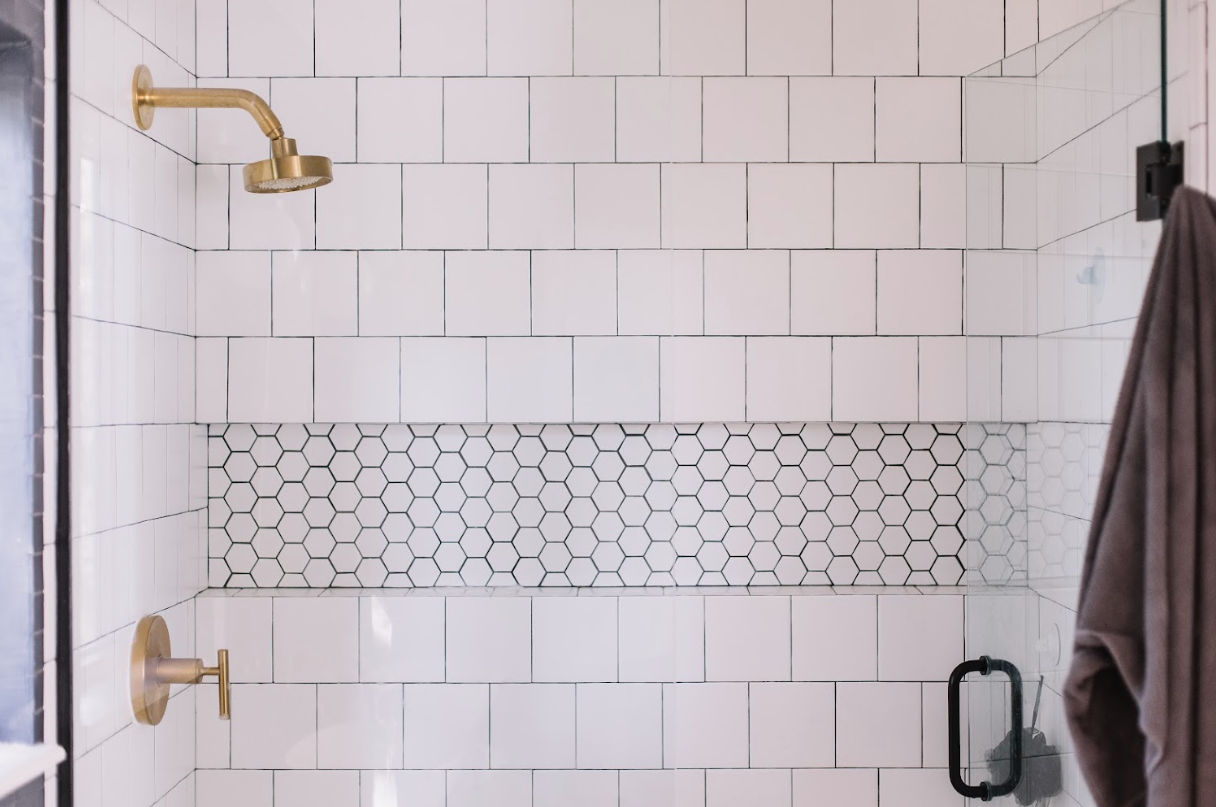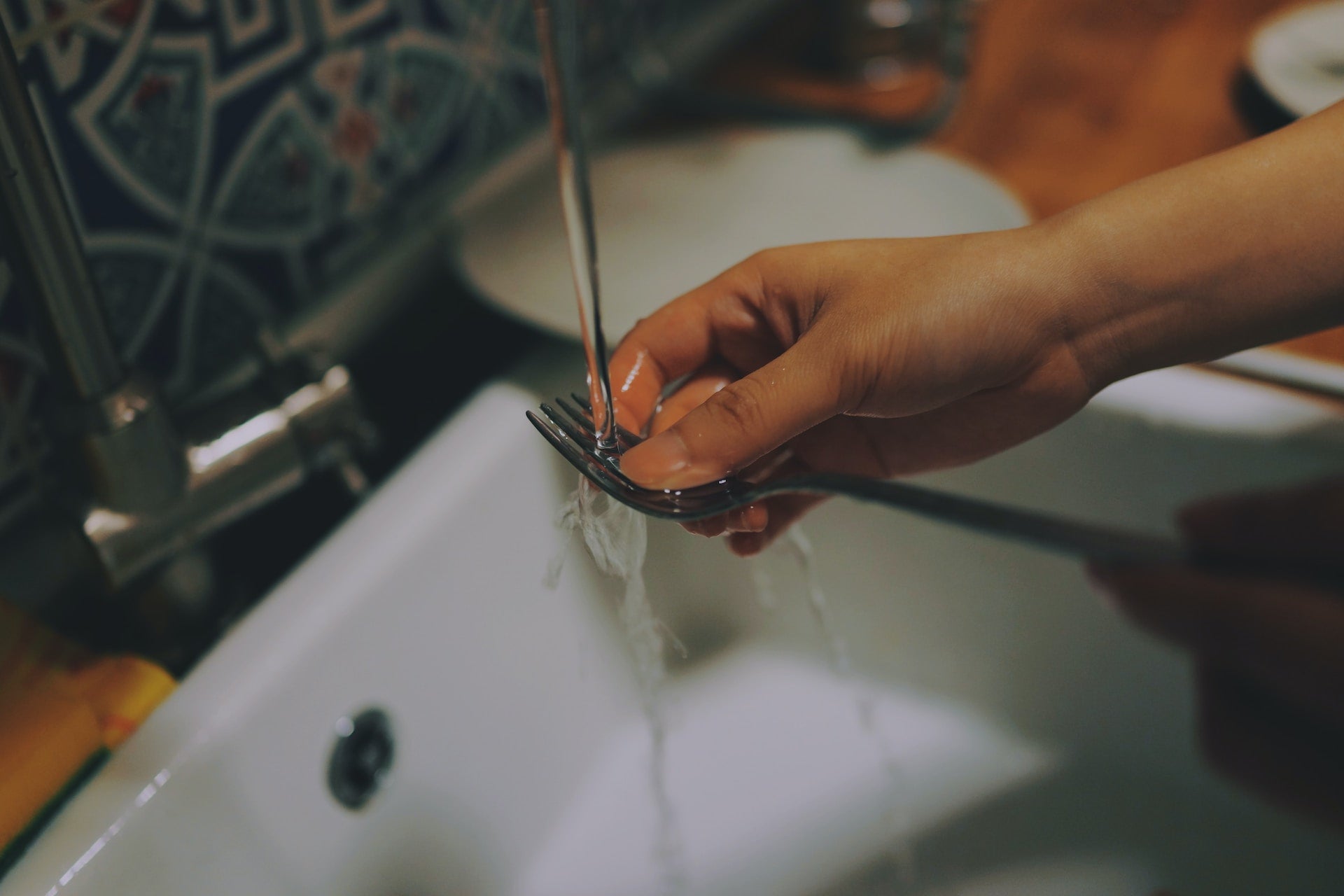
Can I Add Vinegar and Baking Soda to Laundry Detergent?
Can I use vinegar, baking soda, and laundry detergent together in my washing machine to wash my clothes? Short answer — yes and no.
It’s a laundry method passed on from generations — vinegar and baking soda work wonders! However, there is a right way to go about the wash and rinse cycle to accommodate all these ingredients.
The Best Way to Add Vinegar and Baking Soda During Laundry

Let’s settle the score here. You can’t use vinegar and baking soda at the same time.
Why? The mix of a base (baking soda) with an acid (vinegar) will only cancel out each other’s effectiveness.
What’s the solution to this? Most front-load washing machines today have a mechanism that releases the liquids in your detergent drawer based on the timing of the cycle.
Make sure to place your cleaning liquids in their appropriate sections in the detergent drawer. The detergent will be released first during the wash cycle. Then, the contents of the fabric softener compartment, which in this case is the vinegar, will be released during the rinse cycle.
Pro tip: Make sure to avoid mixing vinegar and laundry detergent as well since vinegar’s pH level, when combined with laundry detergent, renders them neutral.
When Can You Skip the Baking Soda?
When it comes to pH-sensitive fabrics, baking soda can leave them faded or worn. You should also avoid using baking soda when trying to tackle stains such as tea or wine, since baking soda can lessen detergent's stain fighting abilities.
Step-By-Step Guide to Using Vinegar, Baking Soda, and Laundry Detergent

- For clothes with heavy stains, pre-treat the item using Puracy Stain Remover.
- Add a scoop of baking soda directly into the drum of your washing machine.
- Load the soiled clothes into the drum.
- Open your detergent drawer and add laundry detergent.
- You can opt to add a cup of distilled white vinegar to the fabric softener compartment now. You may add it later during the last rinse cycle, which is the best way to go.
- Start the cycle and let the washing machine do its magic!
Understanding the Cleaning Power Behind Vinegar, Baking Soda, and Detergent

Read on to find out what’s in each of these ingredients and how they help the cleaning process.
What’s in Vinegar?
If you want to add vinegar to your laundry, look for distilled, white vinegar. It’s often used because of its ability to do the following:
- Reduce odors from sweat and the mildew that may come along with damp clothes left after a workout
- Whiten clothes due to the strong enough acetic acid that breaks down mineral deposits from water and residues from detergent
- Softens fabrics in a more natural way than your commercial fabric softener
What’s in vinegar that makes it do the results stated above? White vinegar contains around 5% acetic and around 95% water. It is quite acidic at 2.4 on the pH scale. It is a mild acid but strong enough to do some all-natural cleaning.
What’s in Baking Soda?
Sodium bicarbonate, more commonly known as baking soda, is a naturally occurring mineral that is usually commercially sold in crystalline powder form.
- Absorbs odors
- Regulates pH levels; and,
- Scrubs as a mild abrasive
What’s in baking soda that makes it a good cleaning agent? It’s mildly abrasive, making it great for the scrubbing power. It’s also slightly basic, which means it can react to most acidic odors to absorb and neutralize them.
What’s in Laundry Detergent?
Laundry detergents can be in powder form or liquid form. The liquid form is great in pre-treating soils and grease on clothes.
- Breaks down stains and dirt
- Preserves clothing color better than powder detergents
What’s in laundry detergent that makes it a good cleaning agent? It contains alkalies, which neutralize the pH balance of water. Alkalies like ash and lyle allow the detergent to break down the stains and grime from your clothes. It also contains surfactants that work with the alkalies to help wet your clothes.
Adjusting pH-Levels to Fight Stains
Neutral cleaning solutions (with a pH level of 7) are used to load normally soiled laundry loads. If you're dealing with dark stains, such as coffee, you'll want something more acidic. Alkaline cleaners are effective at tackling food and blood stains.
Limitations of Using Vinegar and Baking Soda with Detergent

What are some of the limitations of this DIY solution? Read ahead before adding these ingredients to your next laundry load.
- Detergent Alone Is Often Already Effective Enough
Most laundry detergents are enough to fight stains and grime from clothes. Technology has come a long way to develop products that you can add to your washing machine and let them do the work. Vinegar and baking soda are more of a natural alternative, and they can add to the cleaning power of your detergent.
For example, where fabric conditioners only mask odors from clothes, baking soda can absorb and neutralize these odors.
Pro tip: You can limit the use of vinegar and baking soda to more heavily soiled or stained items for a double grime and stain-removing power pretreatment.
- Use Caution With Delicate Fabrics
Avoid using vinegar on delicate fabrics such as wool, sink, or leather. If you're not sure how to treat a particular item of clothing, be sure to check the fabric care instructions to ensure they are properly washed.
Baking soda should also be avoided with delicate fabrics since it can result in faded colors or dyes. It can also roughen up softer fabrics such as wool or silk.
Fight Stains Naturally with Puracy

Get effective, plant-powered formulas to tackle the toughest stains, while also keeping the most sensitive skin safe. Pre-treat stains with our enzyme-based Natural Stain Remover, and then ensure your laundry is cleaned and protected with our bestselling Natural Laundry Detergent. Together, this combination efficiently takes on the most stubborn stains without damaging fabrics or using harmful chemicals or ingredients.


























